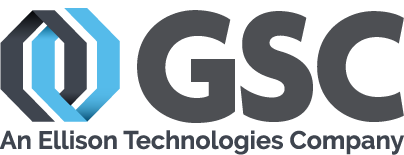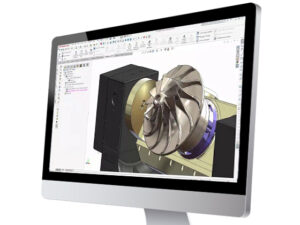Thor asked for our help to make a New Hammer and I wouldn’t be surprised if he comes back from the forge with 3…
So as some of you may know, Thor of Asgard has been in the market for a new weapon ever since his big sis, Hela, destroyed his beloved Mjölnir. We all saw the destruction of his hammer from the historical Thor: Ragnarok footage, but imagine our surprise when Thor himself showed up at our Tech Center in Germantown, Wisconsin and inquired about a redesign of his previous weapon. Obviously we were so excited to help the strongest Avenger that we provided some consulting free of charge.
Discovery
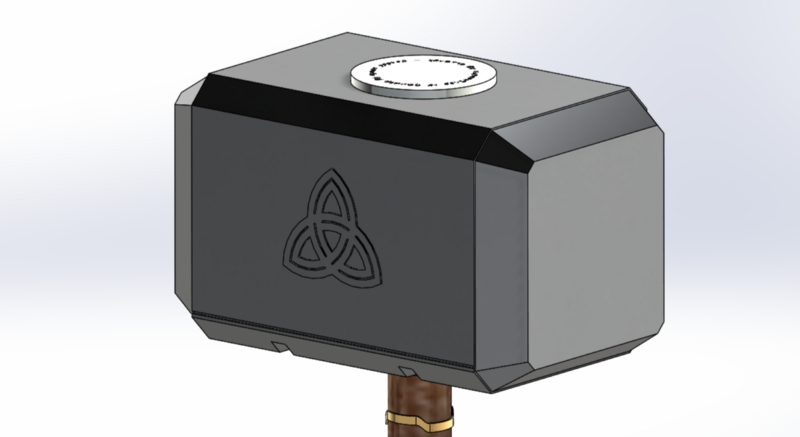
During our standard discovery meeting and document assessment, we were able to uncover some interesting information which would aid us in proceeding forward.
- Mjölnir is too heavy. This was a shocker, because Thor is… well really really strong? He told us that he wields the weapon because, “You can’t forge a weapon from a star everyday, and it was a gift from Dad. But truth be told, it was a beast to carry around all the time.”
- Hela did not break the hammer with strength or magic. She vibrated the hammer until exciting a natural frequency. Silly really, that a device with such strength is still susceptible to vibration issues. But, that is science, everything is vulnerable at their natural frequency.
- Now even though Thor told us that Mjölnir was too heavy, he then shared that he had been toying with the idea of wielding 2 hammers, but not at the existing weight of course. From his time in the gladiator arena, he was able to watch countless Spartacus videos and thought, “What would be more menacing than 2 swords… 2 hammers.”
Investigation
After reverse modeling the hammer in SOLIDWORKS, we decided it was best to conduct some FEA and Optimization of the Head using Abaqus and Tosca. Thor is very familiar with the feel of the handle, so there was little need in making any modifications there. First we were able to identify the natural frequencies that we believe Hela triggered to ease the hammer into self-destruction. Per our NDA with Thor, we will not expose the actual frequency values, but he is fine with us revealing the mode shapes. Using Abaqus we conducted a Frequency analysis to solve for the first 5 eigenvalues along with their respective mode shapes.
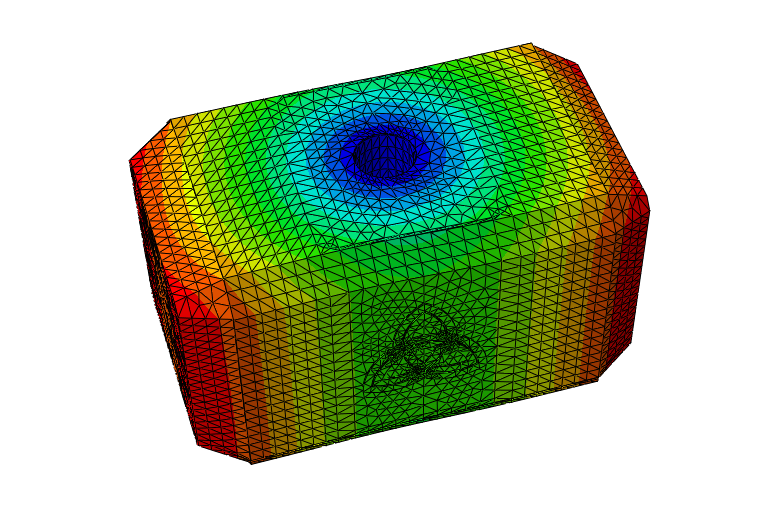
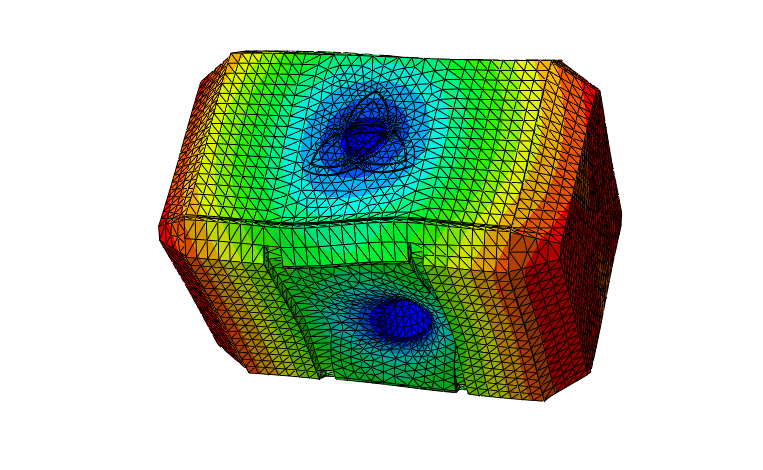
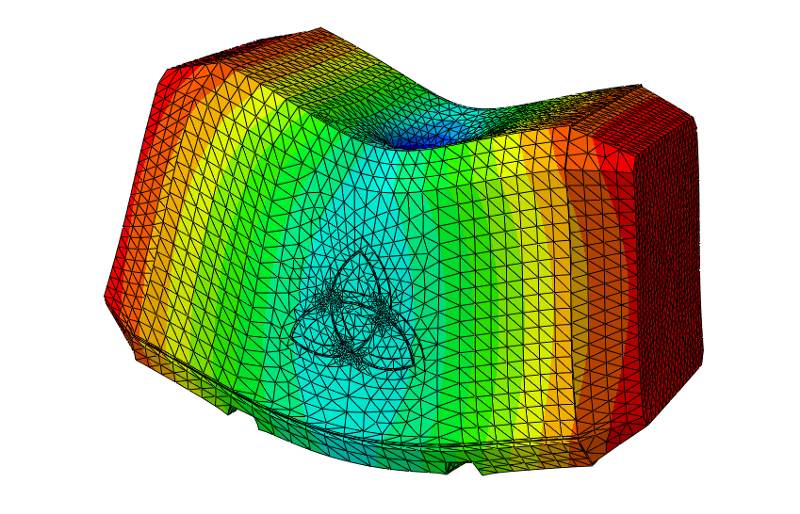
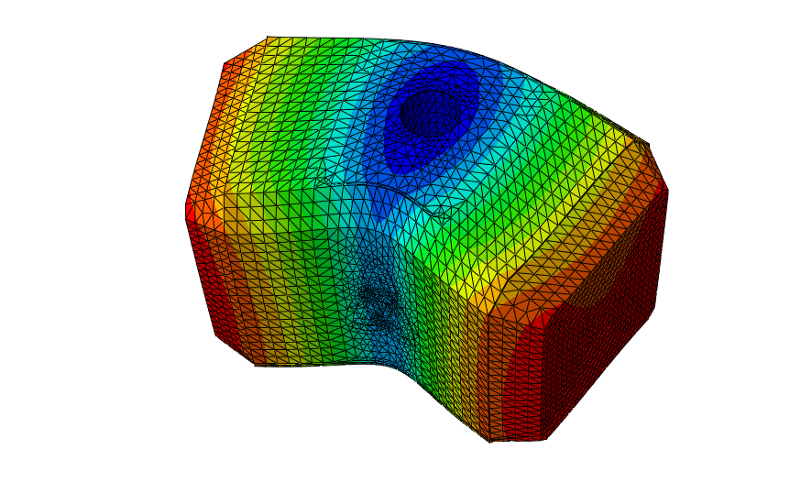
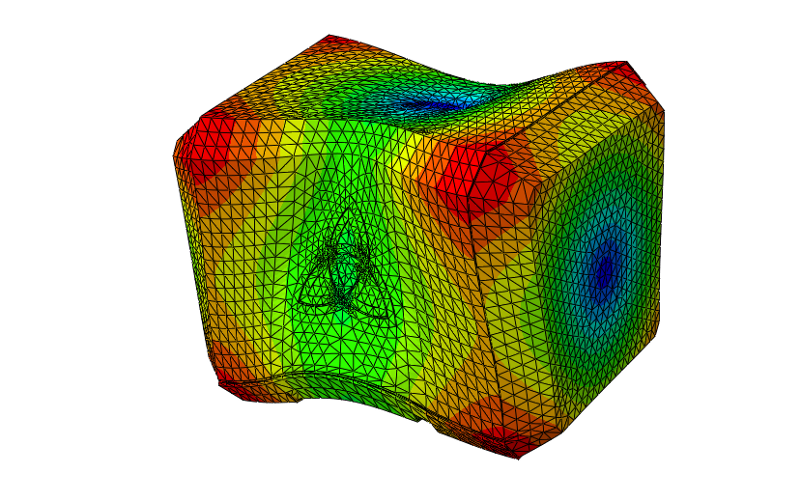
As you can see from the visualizations above, when a natural frequency is triggered it can have devastating effects on the geometry of the structure. The material will distort to alleviate the pain of the exciting force until it has found a new resting shape. This phenomenon has been seen time and time again, even with amazing engineering constructions… just google: Tacoma Narrows Bridge Collapse.
We discussed this issue at length with Thor. From a design perspective we don’t really see the current natural frequencies of the hammer as a flaw. What are the odds of someone using a vibration attack against a weapon? But that being said, we strongly recommended that after forging his new weapon, he then apply a 2-3mm layer of Vibranium to absorb any potential future vibration. Princess Shuri from Wakanda was kind enough to offer her services for this task. Thor’s response, “Excellent work Simulation Wizards! After you shed the weight and remove these frequencies from my design, I will forge the new weapon. If there is time I will dip it in the Vibranium… but right now the universe doesn’t have time to spare.”
Solution: Weight Reduction & Frequency Shift
In order to reduce the weight for the new hammer design, we had to take into consideration that Thor very much likes the current design and balance. This will not be a completely unique design, just an optimization of the current. We thought Tosca’s Topology Optimization would be the perfect Simulation Tool for this project. We identified regions of the hammer that should remain the same. The attack faces and cheek should remain the same, leaving us with the necks as areas with removable material.
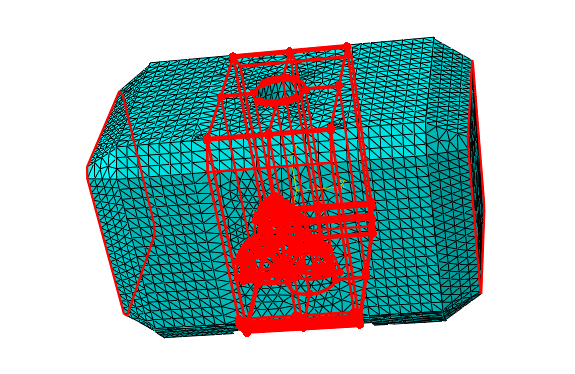
By applying a rotational symmetry constraint in Tosca, we are able to ensure that the hammer will remain uniformly balanced as material is removed. Basically the software works by taking an existing analysis job from Abaqus on a specific starting volume or design space and conducting a series of design studies to find the best way to remove volume while maximizing stiffness or frequency. In this case, our goal was to remove 80% of material volume while shifting the 1st natural frequency… Thor was really caught up on the Tacoma Narrows Bridge, and didn’t want to experience that problem again.
For our first iteration of design studies, we feel pretty confident that we can remove at least 15% material while shifting the 1st natural frequency by 5%. This design change is fairly subtle.
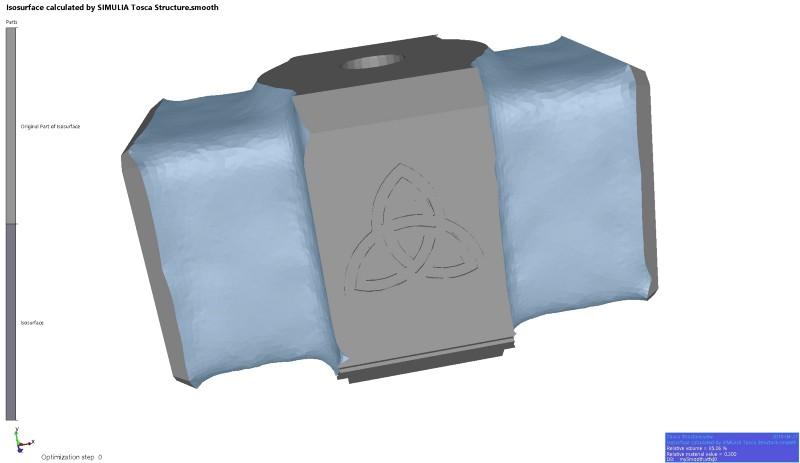
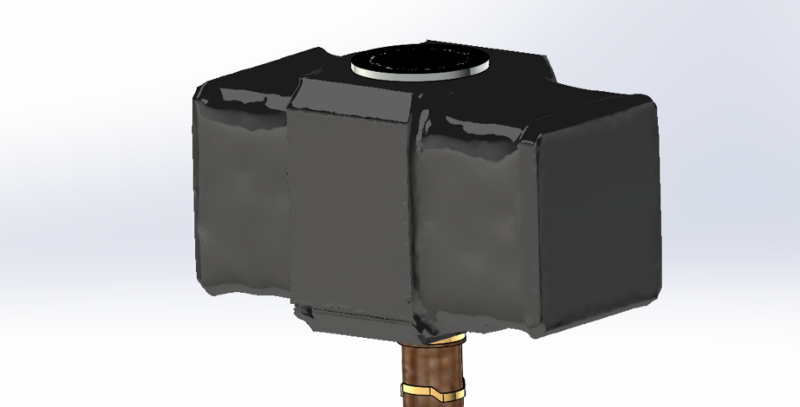
Thor was very pleased and thought with this weight reduction he could carry 3 hammers. We attempted to explain that 15% was not 150%, but he was so happy and took off with a picture and report of the results on my old laptop.. I am sure he will finish the surfacing and dimensioning in SOLIDWORKS when he gets to his Weapon’s Engineer. We didn’t even have the time to add the symbol back onto his hammer, but we were happy to help.
Just another day of problem solving at GSC!
Share
Meet the Author
